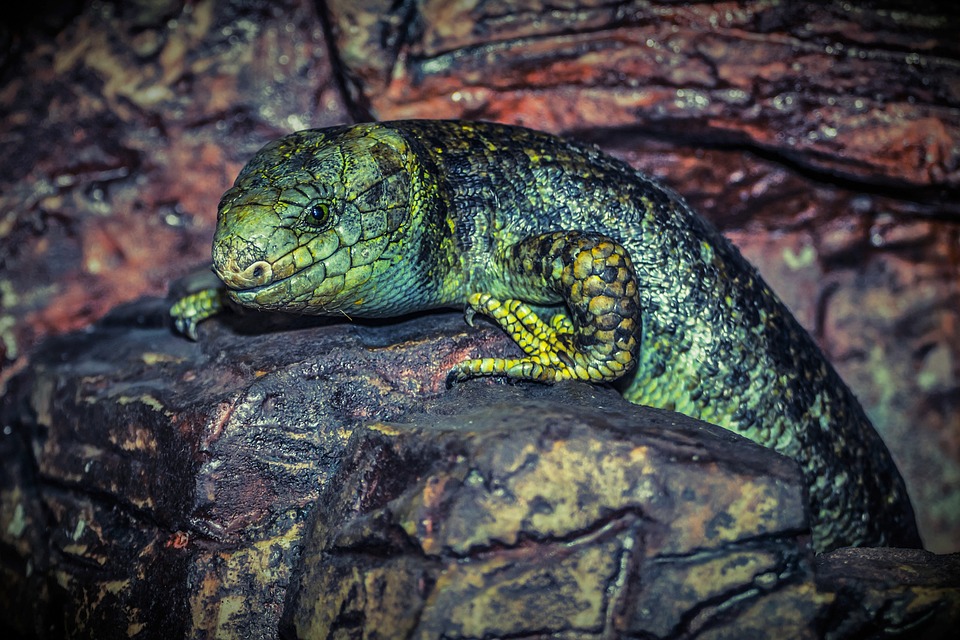As global temperatures continue to rise, the risk of heatstroke for small pets is becoming a growing concern. A recent study has highlighted the vulnerability of small animals to heat-related illnesses, emphasizing the importance of taking precautions to protect our furry friends during hot weather.
One of the key findings of the study is that small pets, such as rabbits, guinea pigs, and hamsters, are particularly susceptible to heatstroke due to their small size and inability to regulate their body temperature effectively. Unlike larger animals, small pets have a higher surface area to volume ratio, which means they can quickly overheat when exposed to high temperatures.
Furthermore, small pets often live in enclosed environments, such as cages or hutches, which can become extremely hot during heatwaves. Without access to shade, proper ventilation, and cool water, these animals are at risk of suffering from heatstroke, which can be life-threatening if not treated promptly.
The study also highlights the importance of recognizing the signs of heatstroke in small pets. Symptoms may include excessive panting, drooling, lethargy, and difficulty breathing. If left untreated, heatstroke can lead to organ failure and death. It is crucial for pet owners to be vigilant and seek immediate veterinary care if they suspect their pet is suffering from heatstroke.
To prevent heatstroke in small pets, there are several measures that pet owners can take. Providing ample shade and ventilation in their living environment, ensuring access to fresh water at all times, and avoiding exercising them during the hottest parts of the day are essential steps to protect them from heat-related illnesses.
Additionally, pet owners should be mindful of the temperature inside their homes and avoid leaving small pets in hot cars or unventilated areas. It is also advisable to place frozen water bottles or cooling mats in their living space to help them stay cool during hot weather.
In conclusion, as global temperatures continue to rise, it is crucial for pet owners to be aware of the risks of heatstroke for small pets and take proactive measures to protect them. By providing a safe and comfortable living environment, monitoring their behavior for signs of heatstroke, and seeking veterinary care when needed, pet owners can help ensure the well-being of their furry companions during hot weather.





